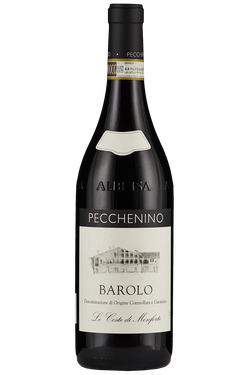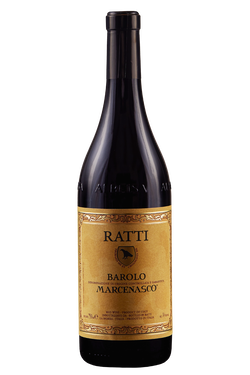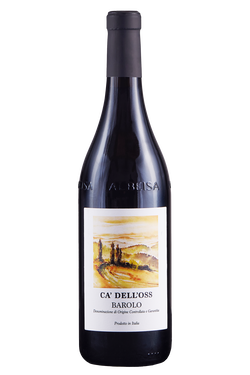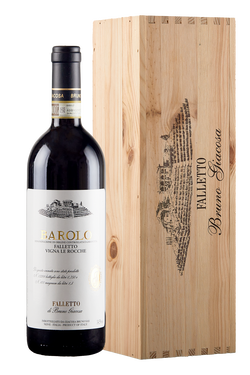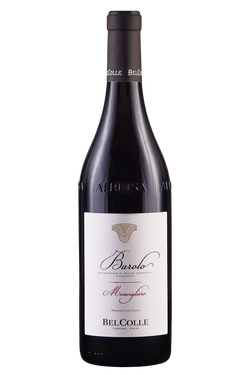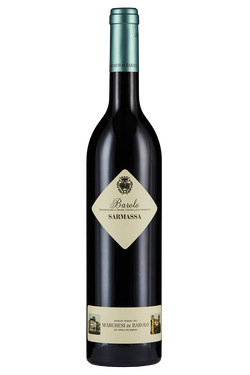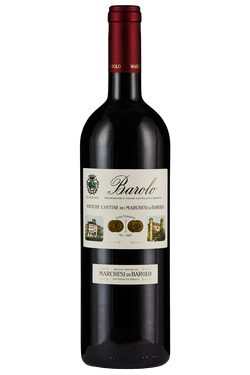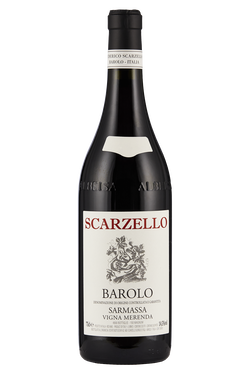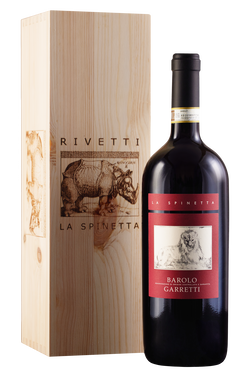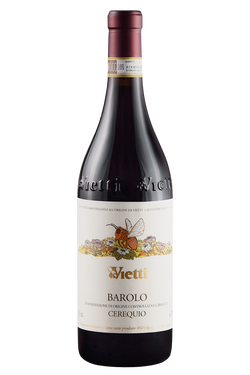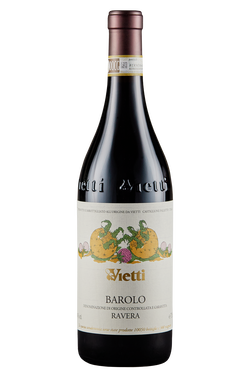History of Barolo
Among the world’s most famous Italian reds, Barolo wine has a history truly rich in charm, but from which region does Barolo wine originate? This iconic wine is from Piedmont and owes its success to various historical figures including Conte di Cavour and Juliette Colbert of Maulévrier, a woman of great culture married to Marchese Falletti di Barolo. The first, Camillo Benso, Conte di Cavour, also played a central role in the success of this wine, because when he became mayor of Grinzane, at a very young age, he called in the oenologist, Louis Oudart, to help with the family’s vineyards. Thanks to him, the first modern-style Barolo was created, to then be bottled in 1844. Marchesa Giulia Faletti di Barolo as well as being a woman remembered for her charity work, devoted herself tenaciously from 1845 to making Barolo famous in the court. She gave a large number of carrà (type of barrels) of Barolo to Charles Albert, one for every day of the year, not including Lent. The king was so enamoured with it, he chose clones of Nebbiolo to plant in the estates of Verduno and Pollenzo. It was then entrusted to General Staglieno, an oenologist and Francophile, with the job of managing the vineyards and producing Barolo red wine at the various royal estates.
Pairing Barolo
Barolo is an extremely complex wine, so there is one question when tasting it: What to pair with Barolo? This wine calls for equally strong dishes, great with game, both feathered and furred, it is the ideal partner for long, relaxed meals. Some suggestions? An intense braised venison with blueberry compote, roe deer stew, stuffed quail, Piedmontese bollito misto stew or a platter of oven-roasted guinea fowl. There is however a regional dish, which beats them all for tradition, and which must be tried at least once in your lifetime: the sumptuous brasato al Barolo. In this cherished dish, wine takes centre stage in the marinade of the meat, which normally takes at least eight to ten hours, with the addition of herbs, spices and vegetables. Barolo can also be paired with mature cheeses, such as Castelmagno, or with dishes made from Alba white truffle. Finally, fans of Barolo Chinato, can enjoy this flavoured sweet wine with desserts, especially those made with dark chocolate.
Where Barolo is produced
The “king of wines and the wine of kings”, Barolo is produced from monovarietal Nebbiolo in the municipalities of Barolo, La Morra, Monforte d’Alba, Castioglione Falletto, Serralunga d’Alba, Roddi, Verduno, Cherasco, Diano d’Alba, Novello and Grinzane Cavour, in the province of Cuneo. According to the protocol, Barolo DOCG (Denominazione di Origine Controllata e Garantita) must be aged for 38 months, 18 of which must be in wood. A wine with excellent ageing potential, it has a garnet colour which develops orange tones over time. Intense nose of flowers and red berry fruit with vanilla and tertiary notes, and on the palate it is full with exceptional tannins. The longevity of Barolo can be measured in years, even decades, for a wine that evolves with elegance and grace. These extraordinary characteristics are due mainly to the soil on which Nebbiolo is grown, mostly Tortonian. This land is characterised by stratified marl and sandstone, very well-suited to cultivating vines.
Characteristics of Barolo
Nebbiolo, which probably takes its name from the Italian term nebbia (fog), a common weather phenomenon in the Langhe, or perhaps refers to the abundant bloom covering the grape, is the main variety of Piedmont. Of medieval origins, even cited by the King of England in 1272 who received it as a gift, it became what we know today thanks to Charles Albert and his Pollenzo estate, where the first research began. The clones most widely used for Barolo are Nebbiolo Lampia, Michet and Rosé. This variety is also used to produce Barbaresco, as well as lots of Piedmontese designations such as Gattinara, Ghemme, Boca, Bramaterra, Lessona, etc. Each area has different biotypes or names: in Val d’Ossola it is Prunet, in Novara it is Spanna and in Barbaresco it is Pignolo. In Valle d’Aosta, there is another biotype, Picotendro (or Picotènder) also present in Alto Canavese, while in Valtellina, Lombardy, Chiavennasca is used.



